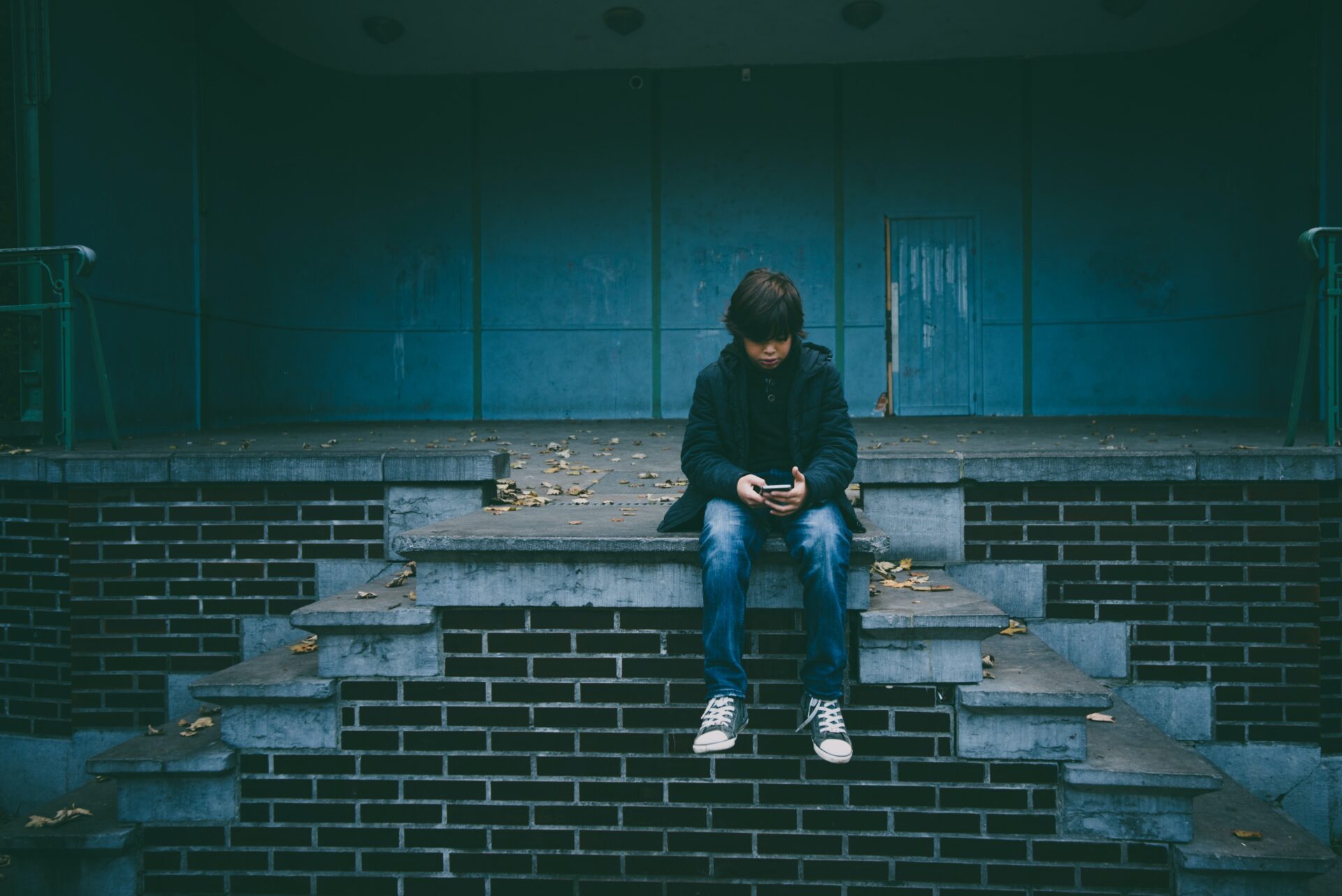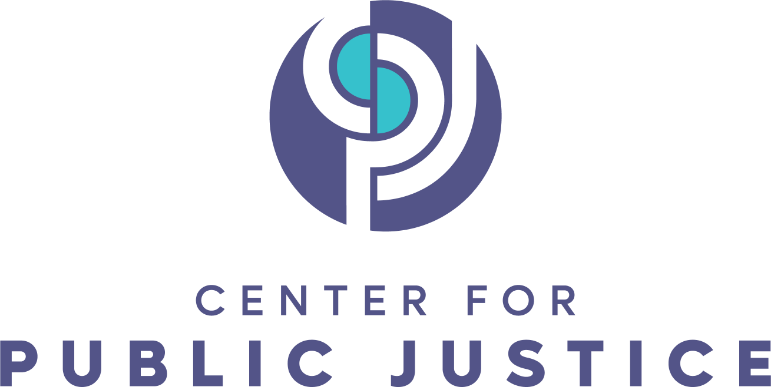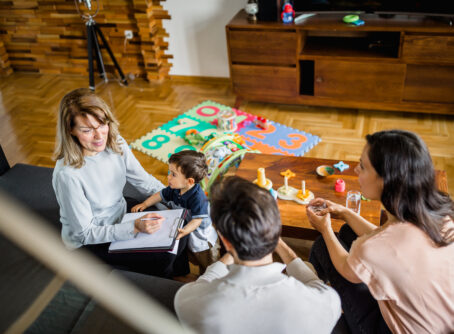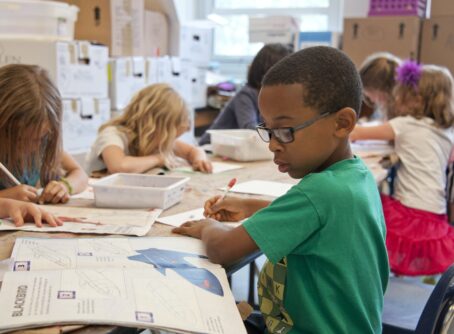
Over the past 11 years, there has been a stark increase in the number of children hospitalized for self-harm or suicide attempts. The New York Times, citing a study by the Journal of the American Medical Association, reports a roughly 40 percent increase in hospitalizations, to be more exact. This adds to the piling evidence that there is a youth mental health crisis in the United States — and that there is no end to that crisis in sight.
These disturbing trends were already in place when COVID-19 exacerbated social isolation, disrupting daily rhythms and removing the security that children and teens experience through routine face-to-face interaction. Youth, like the rest of the U.S. population, turned increasingly to social media to fill both time and this relational void. While these networks helped maintain a sense of community and create avenues for advocacy, certain features have spiraled beyond control, resulting in a generation more lonely, anxious, and depressed than any before.
While there undeniably are factors beyond screen time and social media usage affecting youth mental health–such as the drastic increase in school shootings since 1990–this article will target one key facet of this crisis. As we investigate a public justice approach to improving youth mental health impacted by social media, the collaboration of families, schools, and the government is essential. Communities must come together to ensure our youth can thrive.
Why Youth?
According to the American Psychological Association (APA), social media usage has a uniquely high impact on youth, as adolescents’ brain chemistry is wired to respond intensely to approval, which comes through addictive bursts of comments and likes. This effect turns sour as impressionable young users encounter content on social media that perpetuates or even encourages harmful behaviors and thought patterns.
Further, the addictive nature of social media drives a wedge between youth and those around them as they attempt to “media-multitask”: use their devices in school, home, and social settings, interrupting academic and social growth. The looming presence of social media also harms adolescents’ sleep — with phones nearby, it’s hard to resist the temptation to scroll or check for notifications.
Public Justice Framework
All people, but particularly developing youth, need to build real relationships and occupy spaces that will support their growth. While social media allows us to extend connections that have already been developed, purely virtual interactions fail to account for the embodied nature of human relationships. Our society’s current lack of structure regarding youth and social media usage has inflicted a generation with severe interpersonal deficiencies and a host of negative psychological side effects. It is clear that the government and civil society must collaborate to rewrite this arrangement.
While social media allows us to extend connections that have already been developed, purely virtual interactions fail to account for the embodied nature of human relationships.
The Center for Public Justice recognizes that parents have primary responsibility for their children’s upbringing. Therefore, the heart of a public justice response to this issue must come from the family unit. However, even in healthy families, parents require support from other institutions. CPJ’s Guideline on Family states that government is responsible to join in this work:
“Government’s policies should aim to uphold the integrity and social viability of families, which do not exist in a social, economic, or political vacuum. Public policy should, therefore, take carefully into account the ways that other institutions and the dynamics of society impact families positively and negatively from the earliest stages of family formation on through to the last stages of elder care.”
Government Response
In light of the youth mental health crisis, this guideline suggests that we ought to implement policies that examine the lack of regulation around young users of social media. Currently, regulations surrounding social media companies and practices are lagging while companies sprint ahead of the curve, bolstering their lobbying teams. Without any safeguards, social media has high potential to expose youth to violent, explicit, or otherwise harmful content.
In fact, last year, the Attorney General of Indiana sued TikTok for exposing children to inappropriate content and lying about giving the Chinese Communist Party access to its data. The Attorney General of Arkansas has also sued TikTok and added Meta to the list for targeting advertising at youth and creating addictive algorithms.
In April, a bipartisan group of senators announced the Protecting Kids on Social Media Act — a piece of legislation that would change the minimum age of social media users to 13. For users ages 13 to 18, parental consent would be required, and platforms would be prohibited from using algorithms to recommend content to all minors.
Senator Brian Schatz, the primary sponsor of the bill, acknowledges that “Social media is making kids more depressed and wreaking havoc on their mental health,” and hopes the legislation will end the cycle of companies profiting as children suffer. Tom Cotton, a Republican of Arkansas and co-sponsor with Schatz, says that it will “put parents back in control” of what their children experience online.
In a joint statement, a handful of advocacy groups raise potential concerns with this bill, saying it does both too much and too little to protect young social media users. Unfit or ill-advised parents may cut off their teens from internet communities where they receive support not given at home, and those allowed on the apps can still scroll without limit, falling prey to the same addictive patterns. However, they express support for the elimination of algorithms and contribute to societal consensus that young users must have limits regarding social media.
Congress must heed these widespread concerns, especially as they originate from groups of various political affiliations. As the discussion continues, the government should engage with solutions that properly allocate responsibility to both social media companies and parents of young users.
Family on the Frontlines
No matter what burdens the government directly defers to parents, social media spawns clear concerns that families should be working to mitigate. The harmful relationship between youth and social media is a collective action problem, making it difficult to control: When one family allows their child to have a smartphone, the news spreads quickly to other children, who also beg for smartphones — and then the same happens with social media. Once one friend has it, everyone wants it.
With concern for the common good, parents must discuss with their communities how to limit and monitor their children’s usage of screens and social media. These conversations are most crucial when children first receive an individual device, as the negative effects of social media generally increase as the user’s age decreases. For children of all ages, parents should be attentive to social media networks that influence young users’ self-esteem through likes or encourage addiction through endless scrolling capabilities.
Parents must also model wise technology usage by imposing limits on their own screen time and not letting smartphones interfere with social interactions, especially with their children. Open conversations with children are essential in building their social media literacy, and for parents who don’t know where to start, helpful guides are available.
Finally, parents should consciously counteract the messages of low self-worth communicated to youth through social media. Research shows that high amounts of face-to-face interaction offset feelings of depression and anxiety even for those chronically online. Young girls in particular require affirmation that shows their value is located outside of appearance, since social media proclaims the opposite.
School Support
As schools are also environments where youth spend major portions of time and develop life habits, educational institutions must evaluate how their incorporation of technology impacts students’ mental health. Acknowledging that social media is the air that most students breathe, schools must include concepts like internet safety and digital citizenship in their curriculum. Schools must also clearly enforce cyberbullying regulations, realizing the widespread nature of this issue and its negative effects on students.
Reflecting on the national rush to fund maximal technology in schools, educational experts now recommend a “more restrictive approach.” Gaia Bernstien, author of Unwired: Gaining Control of Addictive Technologies, says, “Not every technology, even if marketed as an educational tool, belongs in the classroom. Actions banning or restricting certain technologies are legitimate when they enhance the learning process.”
When an educational goal can be reached more or equally effectively without technology, teachers and school administrators should simply operate without. This communicates to students that technological independence is possible in many areas, and using some online programs even for educational purposes still fosters addictive patterns in students. Few technologies can compete with face-to-face interaction, which is shown to be generally most effective in yielding good academic performance and bridging divides for disadvantaged students.
Concluding Thoughts
Social media usage is a key contributor in the mental health crisis among youth. We must recognize that adolescents are dangerously inclined towards social media addiction, which exposes them to harmful online content and perpetuates self-destructive behaviors. Parents play an essential role in equipping their children to use social media wisely and limiting their access when necessary. However, governmental action is needed to rein in social media companies that are exploiting young users for profit, and schools must model and teach limited technology use to support this effort. Such a widespread crisis requires full engagement on all fronts, for our very children are at stake.
Emily Crouch is the Program Director for Shared Justice.
Joya Schreurs is a Shared Justice intern for the summer of 2023. She is a student at Dordt University, where she studies English and Theology.






